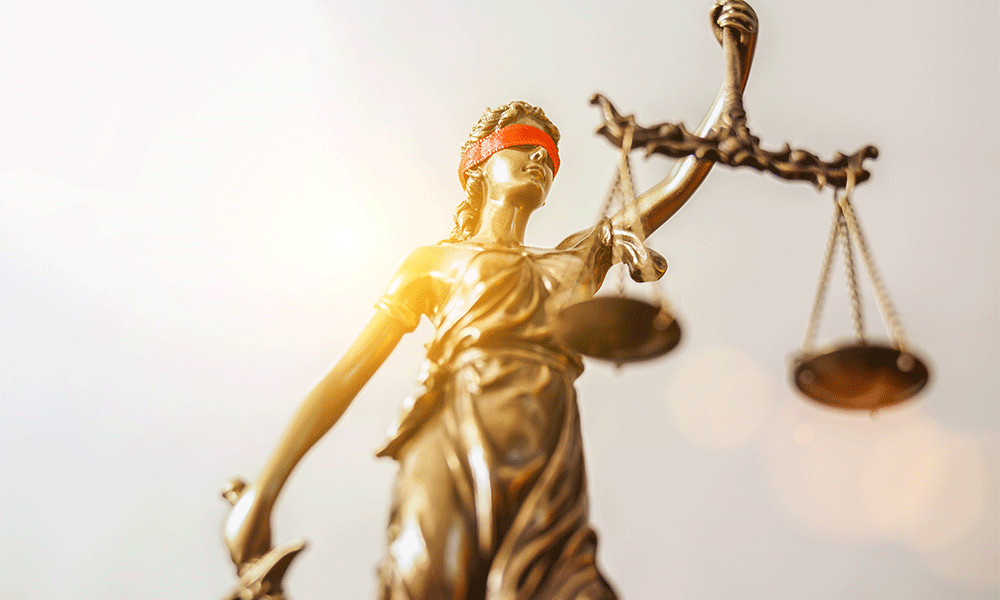Individual rights and communicable diseases in light of the Coronavirus
Social justice can only be achieved in relation to the Coronavirus when people are realistic and do what is right for the good of society.

While the United States values individual rights, extraordinary circumstances such as the Coronavirus enable HHS/CDC statutory authority to protect the U.S. public.
According to the American Medical Association (AMA), “[r]espect for patient autonomy is central to professional ethics and physicians should involve patients in health care decisions commensurate with the patient’s decision-making capacity.” In fact, the general rule is that a patient, who has capacity, has a right to autonomy and to provide informed consent or to decline treatment against medical advice.
In the U.S., we value individual rights and the right of privacy and autonomy. Yet, the framers of America set forth latitude to address the general welfare in the preamble of the United States Constitution:
We the People of the United State, in Order to form a more perfect Union, establish Justice, insure domestic Tranquility, provide for the common defense, promote the general Welfare, and secure the Blessings of Liberty to ourselves and our Posterity, do ordain and establish this Constitution for the United States of America.” (emphasis added).
It is undisputed that COVID-19 (aka “Coronavirus”) is a communicable disease and that a pandemic was declared by the World Health Organization (WHO) on March 11, 2020, followed by a declaration of a National Emergency by the President of the United States. Therefore, the question is begged, how are individual rights and the right to patient autonomy balanced against “promot[ing] the general Welfare” of American Citizens?
There are three potential scenarios, which could arise relating to a patient refusing treatment after being diagnosed with the Coronavirus in a hospital setting or at a physician office. First, a patient could take the advice of the healthcare professional, stay or become admitted to a hospital or other designated healthcare facility and accept the prescribed course of treatment, including isolation. Second, the individual could refuse treatment, but go home and agree to remain quarantined at home. Thirdly, an individual could refuse treatment and then refuse to remain quarantined at home; thereby posing a risk to others and the “general Welfare.”
In the first two scenarios, the individual is not actively harming others. His/her right to autonomy, as part of the decisional rights inherent in the United States (and other countries) is balanced against the harm to others. Deciding to follow the course of treatment at a hospital or other healthcare facility or going home and remaining self-quarantined while denying care in a healthcare setting does not spread the disease and is in keeping with Centers for Disease Control and Prevention (CDC) and other directives about staying at home and not infecting others.
The last scenario is the most problematic because it affects the general health and welfare of other individuals. In January 2017, the CDC and the Department of Health and Human Services (HHS) issued a Final Rule “to amend its regulations governing its domestic (interstate) and foreign quarantine regulations to best protect the public health of the United States.” 82 Fed. Reg. 6890 (January 19, 2017). HHS/CDC already had statutory authority pursuant to 42 U.S.C. 264, 265 to “promulgate regulations that protect U.S. public health from communicable diseases, including quarantinable communicable diseases as specified in [various Executive Orders stemming back to 2003].” While there is a lot in this final rule to digest, including the health monitoring of individuals through electronic or internet-based applications, one item is clear – “In implementing quarantine, isolation, or other public health measures under this Final Rule, HHS/CDC will seek to use the least restrictive means necessary to prevent the spread of communicable disease.”
Continue reading on page 2...
In applying the Final Rule to the third scenario-a patient both refuses treatment and refuses to self-quarantine-HHS/CDC added a requirement that the CDC “arrange for adequate food and water, appropriate accommodation, appropriate medical treatment, and means of necessary communication for individuals who are apprehended or held in quarantine or isolation.” The least restrictive means include home quarantine or isolation versus confinement in a guarded facility; however, it is based on the individual’s willingness to follow all necessary precautions and the individual’s history of compliance with public health recommendations.” 82 Fed. Reg. at 6912. This is substantiated by Yin v. California, 95 F.3d 864, 870 (9th Cir. 1996) (recognizing that in searches and seizures justified by special needs, the government does not have to use the least restrictive means to further its interests); Stockton v. City of Freeport, Texas, 147 F.Supp.2d 642, 647 (S.D. Tex. 2001) (recognizing that the Fourth Amendment does not require that a search or seizure be conducted through the least restrictive means, but rather that the alleged personal invasion be reasonable under all of the circumstances). Therefore, when an individual is identified as a threat to the health and welfare of others, such as when a patient refuses medical treatment at a healthcare facility and refuses to self-quarantine, the government may take the individual into custody.
In sum, these are trying times. The individual in the third scenario is ego-centric and selfish. By putting other members of society in harm’s way and impacting the “general Welfare” of others, the CDC and other government agencies may place the good of the many over the rights of an individual. Had the individual fallen into scenario 1 or 2, it would be a different set of facts and circumstances where the least restrictive means was appropriately used. Social justice can only be achieved in relation to the Coronavirus when people are realistic and do what is right for the good of society.
2 Commerce Drive
Cranbury, NJ 08512
All rights reserved.